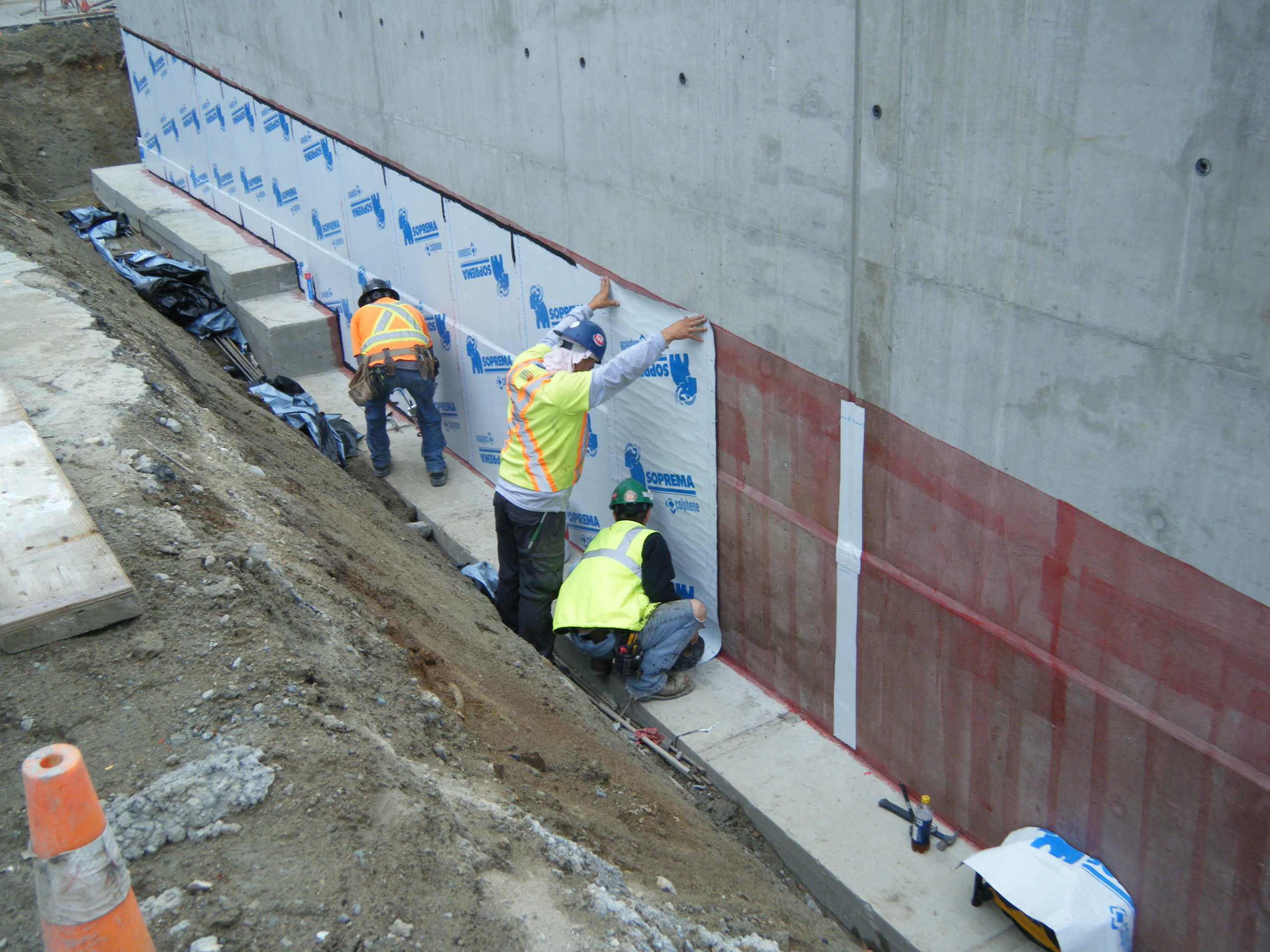Sealing Cisterns and Pools: Optimal Methods

The process of waterproofing is a vital aspect of maintaining the stability and durability of tanks and swimming pools, as well as houses and structures in general. Damage from water can lead to high repairs, health risks, and structural problems if overlooked. Whether you’re dealing with a basement that floods during heavy rains or a swimming pool that leaks, understanding the significance of effective waterproofing techniques is essential for any property owner. This article will walk you through the top practices in waterproofing, helping you safeguard your investment and ensure a healthy environment for your loved ones.
In an age where the results of water damage can be devastating, knowing how to efficiently waterproof your structures becomes increasingly vital. From debunking common waterproofing myths to discussing the differences between interior and exterior solutions, we will discuss everything you need to know about mitigating water-related issues. Join as we explore how waterproofing can save you thousands in repairs and the signs that indicate your building might need prompt attention. This thorough approach will equip you with the knowledge necessary to tackle waterproofing head-on and make informed decisions for your building projects. ### Key Waterproofing Techniques
Successful waterproofing starts with comprehending the specific requirements of your property. Assessing areas that are most susceptible to water damage is crucial. Basements, rooftops, and pools are common trouble spots that require attention. Regular inspections can help identify any existing issues or potential risks. Establishing a regular maintenance routine can keep these areas well-maintained, stopping water infiltration before it leads to expensive issues.
Selecting the appropriate waterproofing technique is vital for enduring defense. For basements, consider interior and exterior solutions, as each has its advantages depending on your home's structure. Roof waterproofing is equally important; flat roofs especially gain from specialized coatings that inhibit leaks. Swimming pools require a comprehensive waterproofing approach to prevent leaks and cracks, ensuring they remain safe and enjoyable for years. Knowing the correct product for each use will bolster effectiveness and also extend the life of your structures.
Finally, enlisting a professional waterproofing contractor can greatly impact the effectiveness of your waterproofing initiatives. Experienced professionals can provide tailored solutions that address your property’s specific challenges. They can also help debunk common waterproofing myths, ensuring you invest in methods that truly work. By employing leaky basement , you can safeguard your investment and minimize the risk of expensive repairs down the line.
Frequent Moisture Protection Myths
Many homeowners assume that waterproofing is solely essential for areas that are often subjected to water, including basements and bathrooms. This myth can cause neglecting further areas such as ceilings and decks, which are similarly vulnerable to water damage. Failing to waterproof these spaces can cause major structural problems over time, including fungal growth and deteriorating materials. Proper waterproofing should be taken into account for all parts of a home, instead of just the easiest to identify areas.
Another common misconception is that every waterproofing products are the same. In fact, different materials and solutions are intended for particular purposes and settings. For case, the waterproofing needed for a bath area differs from that needed for a basement. Using the unsuitable type can cause inadequate protection and high repairs. Homeowners should perform extensive research or seek professional advice to pick the appropriate products for their requirements.
Certain people also believe that once a edifice has been waterproofed, no further maintenance is required. This is misleading, as waterproofing systems can degrade or become damaged over time due to environmental factors or structural shifts. Routine inspections and maintenance are essential to maintain continued functionality. Ignoring this factor can lead to major water damage and repair costs, undermining the initial investment in waterproofing.

Choosing the Best Moisture-proof Options
As for selecting waterproofing options, grasping the specific needs of your building is vital. Various areas of a home may require unique approaches, such as interior and exterior waterproofing. For example, lower levels may need more durable solutions to combat dampness from the ground, while roofs require solutions that withstand harsh climatic conditions. Evaluating the conditions, atmospheric conditions, and the overall structure will guide you toward the most suitable waterproofing choices.
It's also necessary to evaluate whether to take a DIY strategy or engage a specialist. DIY tasks can save money, but they often come with hazards if not done accurately. Professional waterproofing services may be more affordable in the long run, as they typically include guarantees and comprehensive evaluations. Knowing the benefits and disadvantages of each option can help you make wise decisions that align with your budget and building’s specifications.
Lastly, investigate various waterproofing solutions available in the sector. From coatings to membranes, the right product can enhance protection against damp damage significantly. Look for options that are environmentally friendly and have a verified track record. Investigate reviews, ask for recommendations, and don’t hesitate to discuss with waterproofing contractors to ensure you choose trustworthy options that will provide long-term protection for your home or structure.
